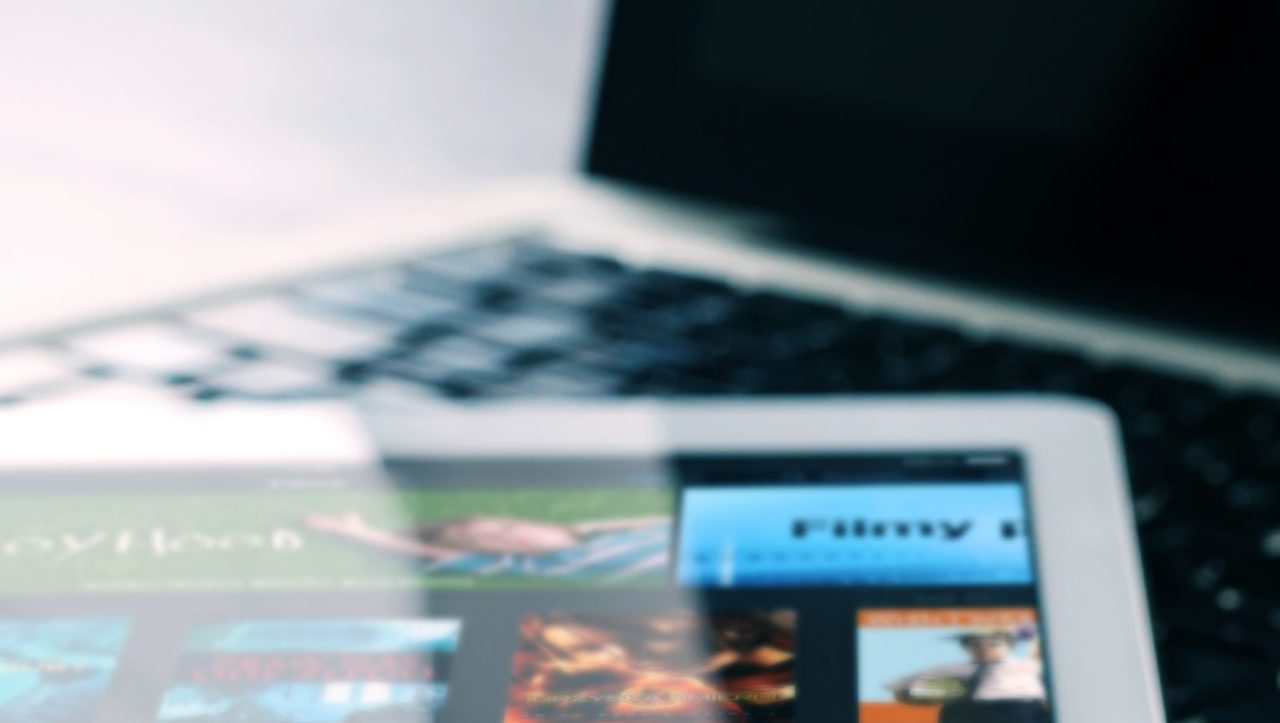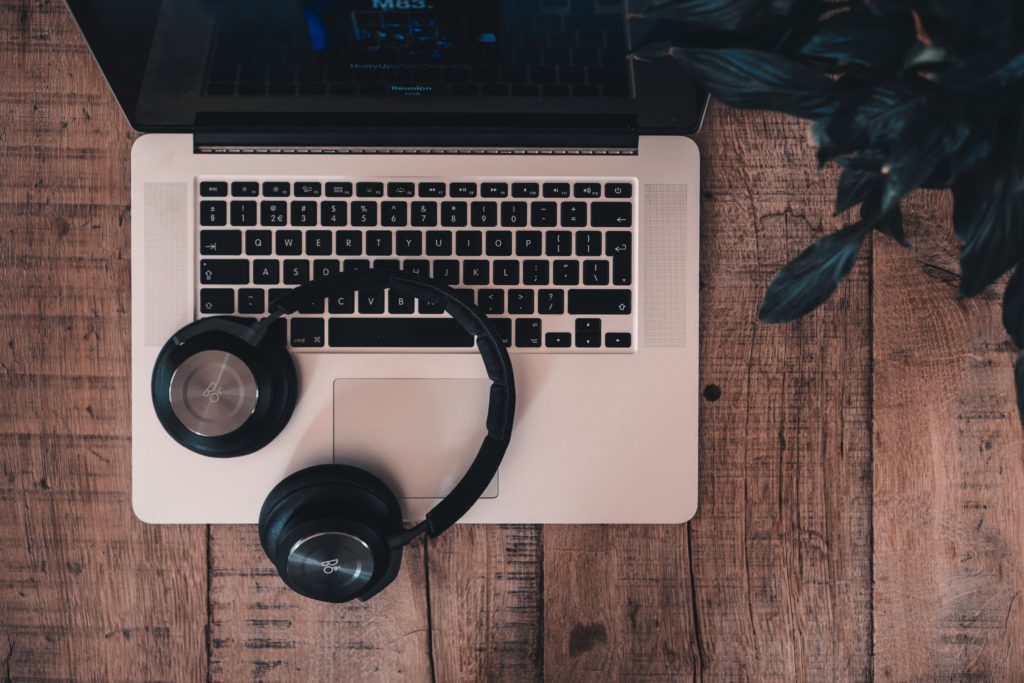Connections

M&E Journal: The Good, the Bad, and Ugly: COVID-19’s Impact on M&E
Story Highlights
As a media services provider with a focus on transcription, access and localisation services, we’ve seen demand for some of our services skyrocket and others shrink during lockdown. We expect this pattern of change to continue over the coming months, but there’s also no doubt that some industry shifts will be permanent.
Here are three ways that we think the pandemic will affect the industry beyond 2020.
THE GOOD: REMOTE WORKFLOWS IN THE CLOUD ARE HERE TO STAY
Working remotely was the first and biggest change that the whole world had to adapt to during lockdown and, for the broadcast industry, the pandemic provided the final push we needed to completely embrace the cloud workflows we’ve been flirting with for the last decade. While the post houses from London to L.A. stood empty, remote editing in particular graduated from a nice-to-have to an essential capability, powered by software in the cloud.
Now that these cloud-based solutions have been stress-tested, there’s no going back to entirely on-prem workflows.Fortunately, Take 1 has had a remote workforce in place for many years, our core infrastructure is already virtualised and we’ve recently launched the Take 1 cloud platform, designed to securely support productions around the globe with access from anywhere — so we’re well positioned to support remote workflows.
Going forward, we believe that integration will become more important than ever before and that we’ll see an increase in the use of overflow partners and more collaboration between vendors to ensure continuity of supply for end customers.
 THE BAD: CURRENT COMPROMISES MAY LEAD TO SETBACKS IN NEW TECH
THE BAD: CURRENT COMPROMISES MAY LEAD TO SETBACKS IN NEW TECH
For a sector obsessed with developing new technology to improve the content we produce, we’ve had to tolerate some pretty substantial compromises this year.
From televised Zoom calls to series shot on iPhones, production teams and audiences have had to adapt to a much grittier approach to production in recent times and some of these changes have had a knock-on effect through the entire workflow.
For example, the use of non-broadcast kit has resulted in poorer sound quality — making material more difficult and time consuming to transcribe.
This particularly affects non media-grade transcription companies that rely solely or mainly on automatic speech recognition.
While most of these compromises aren’t long term, the current shift in focus may put pause to some of the key themes seen in recent years and at last year’s trade shows. For example, will the never-ending race to high-er resolution end with the postponement of the Tokyo Olympics or is this just a temporary setback?
THE UGLY: WE’VE GOT TO FACE UP TO SOME HARSH REALITIES
Our industry has only recently started paying attention to, and addressing, the environmental effect that our activities have on the planet and there is a risk that the financial impact of the virus could derail a lot of progress in this area. But the conservationists’ mantra of “reuse, repurpose and recycle” is actually especially relevant for production during a pandemic — though not in the way you might expect.
As lockdowns and social distancing rules restrict the type and volume of new content that can be shot, broadcasters and networks are increasingly turning to reruns, repurposed programming and international, localised content to fill their schedules.
 But, most of our workflows have been designed around creating new content rather than maximising the value of the mate-rial we already have, and our processes are often fraught with duplicated effort and inefficiency.
But, most of our workflows have been designed around creating new content rather than maximising the value of the mate-rial we already have, and our processes are often fraught with duplicated effort and inefficiency.
One of the ways that Take 1 aims to address these in-efficiencies is by creating transcriptions as XML so that this data can be derived once, early on in the production process, and then used as the blueprint for other purposes later in the content chain — as broadcast scripts, caption files, audio descriptions and subtitles — to make compliance and localisation quicker and easier.
Similar time and cost savings could be made by including access services in the original production plan rather than as the current “afterthought.
A small investment in time spent rethinking production processes and using data to improve workflows can pay enormous dividends. One of the lessons we hope that this pandemic teaches us is that great content, that everyone can access, can be produced much more efficiently.
Hopefully we already appreciate the importance of looking after our planet.
The companies that have been most successful in 2020 are those that have been able to adapt to an ever-changing situation; we believe that the key to surviving the coming months is to allocate money and resources wisely so that you can continue doing so.
* By Louise Tapia, CEO, Take 1
——————————————————
Click here to translate this article
Click here to download the complete .PDF version of this article
Click here to download the entire Winter 2020/2021 M&E Journal









